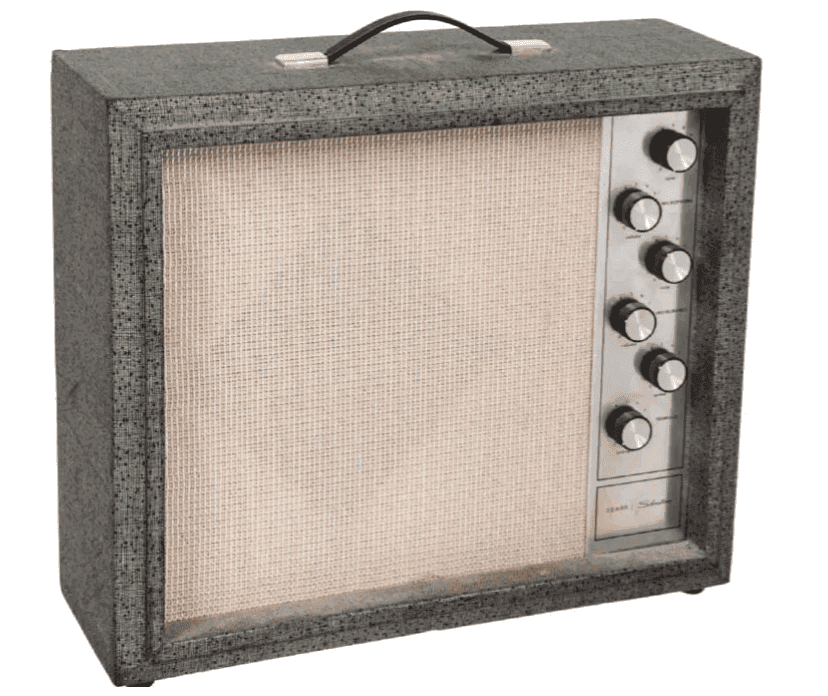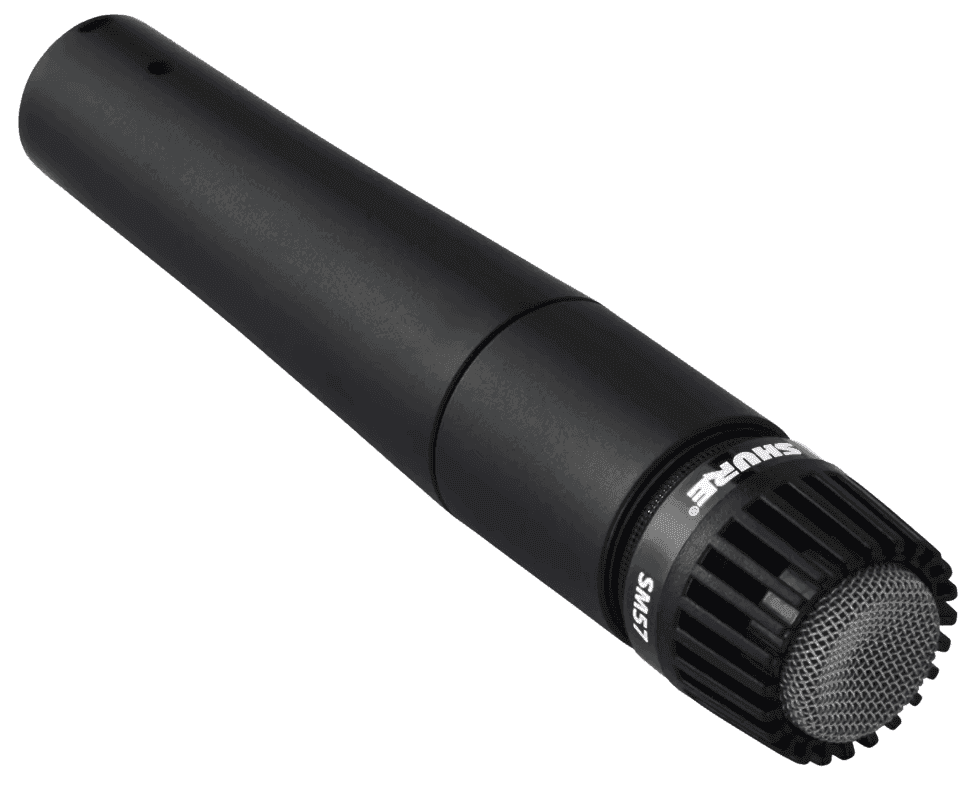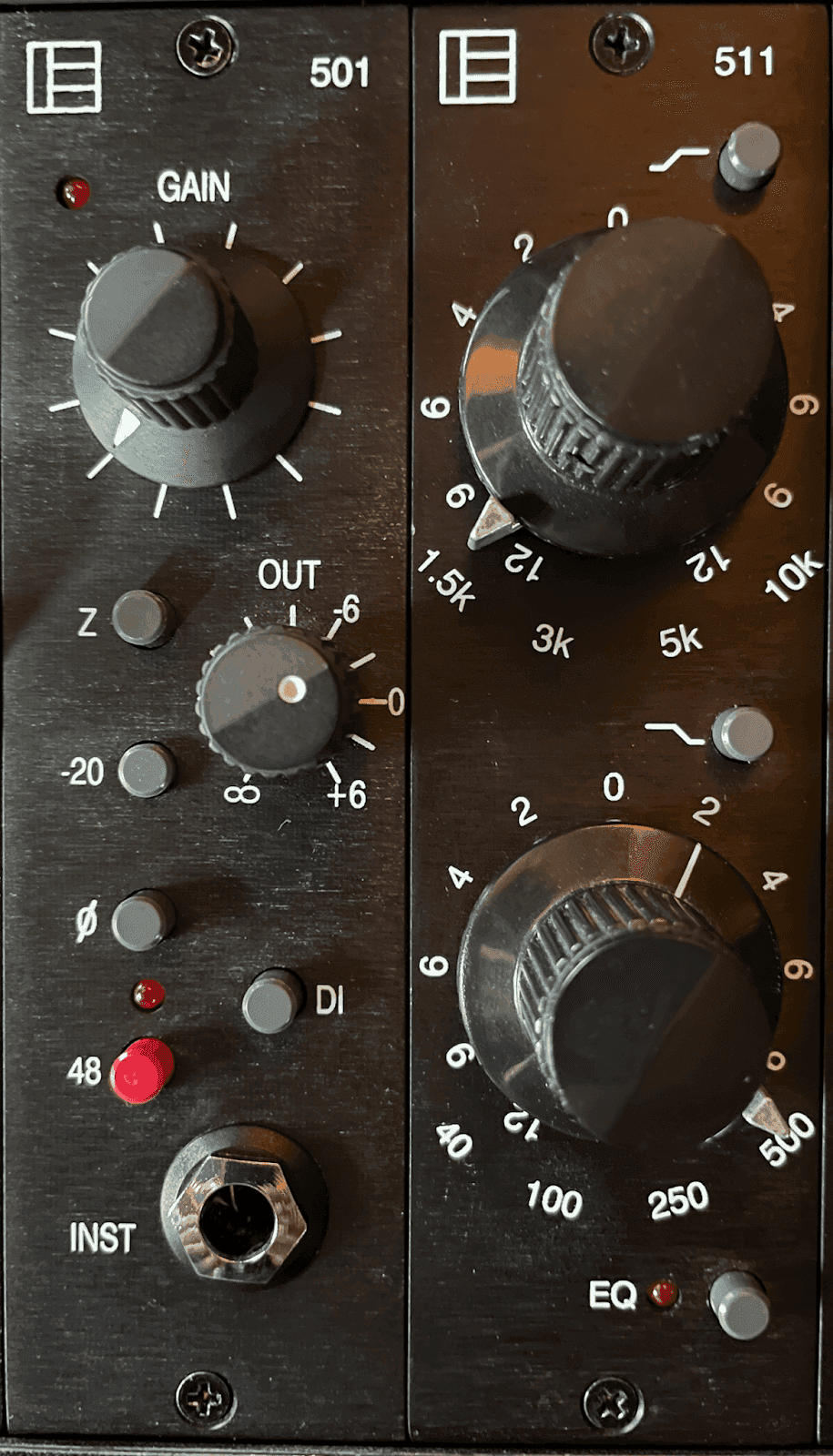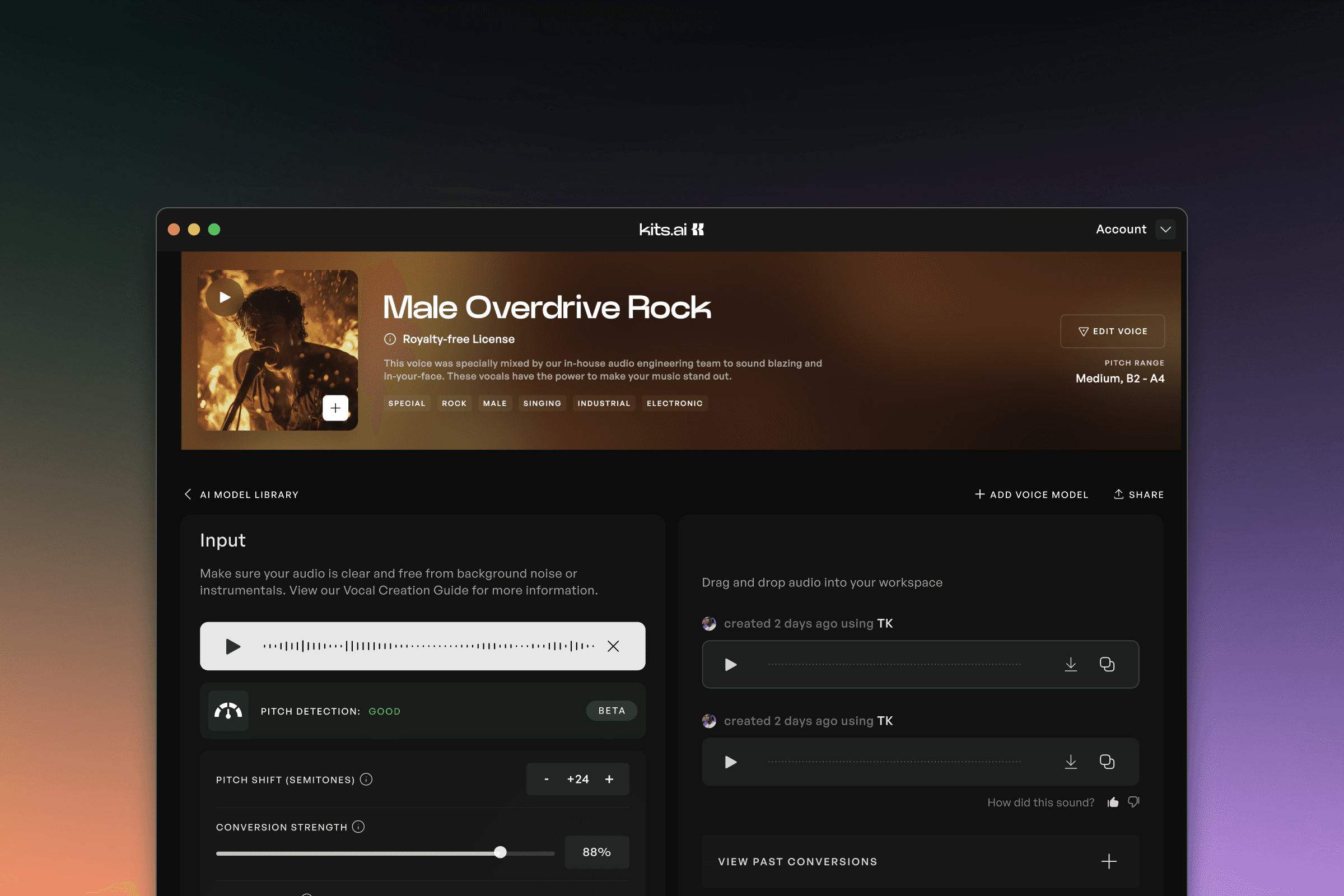AI로 하드코어 보컬리스트 만드는 법
작성자
게시됨
2024년 10월 18일
지난 주, 저는 우리의 새로운 여성 빈티지 재즈 모델을 만드는 과정을 설명했습니다. 이번에는 음악 스펙트럼의 반대편인: 펑크와 하드코어로 모든 것을 전환하고 있습니다. 1970년대의 정치적 및 사회적 불안에서 태어난 이 장르는 주류 록의 과잉에 대한 반항적인 반응이었습니다. 1960년대의 가라지 록과 The Stooges, The Velvet Underground와 같은 초기 프로토펑크 밴드에 영향을 받아, 펑크는 원초적이며 에너지가 넘치고 간결한 음악 스타일로 등장했습니다. 펑크 록의 아름다움은? 문자 그대로 누구나 기타를 잡고, 마이크에 소리 지르고, 밴드를 결성할 수 있었으니, 음악 이론은 전혀 필요하지 않았습니다.
하지만 그 혼란스럽고 강렬한 에너지를 AI 음성 모델에 어떻게 담을 수 있을까요? 바로 제가 추구한 점입니다. 이 장르의 공격적인 특성을 수용하기 위해는 좀 더 창의적인 접근이 필요했습니다.
음성 제작 과정
우리의 남성 스트레인 록 데이터 세트를 기본으로 사용하여, 제가 추구했던 분위기를 포착할 수 있는 방향으로 몇 가지 시도를 하다가 남성 오버드라이브 록을 만들게 되었습니다.
앰프 사용하기
원래 데이터 세트를 완전히 변형하고 싶었던 저는 제 60년대 실버톤 1482 앰프를 통해 원본 보컬을 실행했습니다. 맞아요, 당신의 토스터 옆에 시어스 카탈로그에서 주문할 수 있는 종류입니다. 거칠고 과도하게 구동된 사운드로 유명한 이 앰프는 그 가라지 밴드, DIY 펑크 태도를 포착하는 열쇠였습니다.

적절한 마이크 사용하기
“신뢰할 수 있는” Shure SM57로 캐비닛을 마이크했는데, 이 마이크는 기타를 사랑하며 중간의 펀치를 강조하는 데 정말 훌륭합니다. 마치 그들이 거칠음을 포착하도록 태어난 듯합니다.

프리앰프 및 이퀄라이저
거기서 저는 신호를 Electrodyne 500 시리즈 프리앰프와 이퀄라이저에 연결했습니다–기타와 베이스 모두를 위한 제 비밀 소스입니다. Electrondyne은 예상치 못한 방식으로 음색의 풍부함을 끌어낼 수 있는 능력이 있습니다. 많은 사람들이 기타 앰프에서 500Hz를 부스트하지 않지만, 믿어보세요, 이 이퀄라이저는 그 범위에서 마법을 부립니다.
전문 팁: 아날로그 처리에 관심이 있다면, 500 시리즈 런치박스부터 시작하세요. 이는 랙 장비에 큰 돈을 쓰지 않고도 뛰어들 수 있는 좋은 방법입니다. 저는 API 6슬롯 런치박스로 배우기 시작했고, 그 휴대성은 혁신적입니다. 친구 집의 지하실에서 즉흥 세션을 할 때 완벽합니다.

다음 정거장: Bereich03 Density. 약간의 섬세한 포화와 “빈티지” 설정을 적용한 이퀄라이저 조작으로, 정말 잘 맞습니다.

주파수 피크 부드럽게 하기
그 후, 저는 UBK Fatso를 통해 압축과 함께 상단 피크를 부드럽게 다루었습니다. 너무 강하게 다루지 않고–그 에너지를 유지하되 통제력을 잃지 않도록 충분히만.

마지막으로, 저는 Chandler Limited Germanium Tone Control로 모든 것을 마무리했습니다. 이 괴물은 이제 단종되었지만, 제가 사용하는 이퀄라이저 중 하나입니다. 보컬과 함께 포화와 왜곡을 층으로 쌓는 것은 때때로 극단적인 중간 범위 공명을 생성할 수 있습니다. 저는 Chandler를 사용하여 3k를 줄이고 320 Hz에서 흐릿한 저중음을 정리했습니다. 공격성을 날카롭게 유지하면서 너무 날카롭거나 거칠지 않게 하는 것이 전부입니다.

변화를 직접 확인해보세요:
플러그인은 확실히 더 편리하지만, 아날로그 장비는 테이블에 다른 분위기를 가져옵니다. 아날로그의 아름다움은 한계에 있습니다–끝없는 프리셋이 없고, 오로지 당신과 당신의 귀가 결정을 내리는 것입니다. 시각에 의존하는 대신 듣도록 강제하죠. 저는 완전한 테이프 머신 모드로 가고 싶지 않지만, 너무 많은 프로듀서들이 시각에 갇히는 것을 보았습니다. 훌륭한 결과를 얻기 위해 대량의 아날로그 장비가 필요하지 않지만, 항상 귀를 믿으세요.
-SK
Sam Kearney는 콜로라도 에버그린에 기반한 프로듀서, 작곡가 및 사운드 디자이너입니다.

